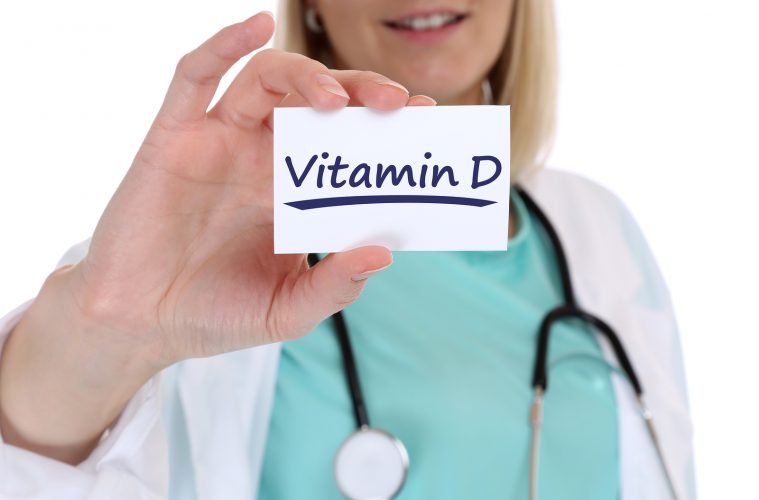
Food And Nutrition Board
Given below is the chart recommended by the Food and Nutrition Board for the minimum intake of vitamin D to keep the body healthy. The intake is given in Internation Units (IU).
| Age | Recommended daily intake of vitamin D |
| 0 to 12 months | 400 IU |
| 1 to 70 years | 600 IU |
| 70 years and above | 800 IU |
When Deficient
The Endocrine Society recommends a daily consumption of 1,500–2,000 IU to adults whose vitamin D levels are below 30 ng/mL, to restore healthy levels. If a person goes for a treatment then instead of daily consumption, they are given a dosage of 50,000 IU weekly or monthly.
Good Sources Of Vitamin D
Here is a good news for cheese lovers- cheese is an organic source of vitamin D. Other natural sources are:
- tuna
- salmon
- beef liver
- egg yolk
Fortified Food
In the U.S, vitamins are artificially added in some food items which are called to be fortified. For example- milk, breakfast cereals, orange juice etc- can be often found to contain vitamin D and it is always mentioned on the nutrition label what foods contain what vitamins.
Other Sources
Breast milk does not contain enough vitamin D that is needed for an infant’s healthy growth, therefore breastfed babies require vitamin D supplements. This can be easily done as vitamin D drops are accessible over-the-counter (OTC). Also, the formula that is used to feed babies also has enough vitamin D.
Excess Vitamin D
Excess of anything is bad and it holds true for vitamin D also. The body cannot prepare too much vitamin D from exposure to the sun; it is usually the result of supplements. It is rare though and is known to occur when someone takes very high doses for a long period of time (like over a year).






